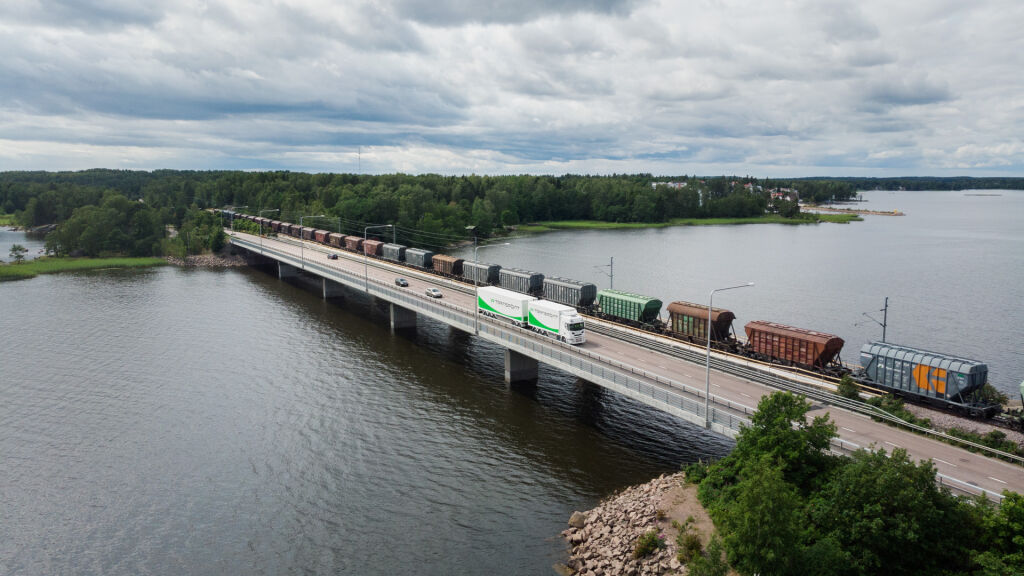VR Transpoint
We designed a service for all the stakeholders of the train and truck transportation logistics on which they can track and trace their shipments, trains, train wagons and trucks.
CustomerVR TranspointRoleUXYear2019-2020
Start
We started to chew the elephant by getting an overall picture of the matter. There are really many pieces involved in freight transport, and it took time to internalize all of them.
The weaknesses of the current system were already largely known.
It was difficult to trace the stages of the wrong or delayed shipment accurately, as the complaint about them only came after months. The information was fragmented and person related.
The systems were old and the pieces of data had to be manually assembled from several systems to get an overall picture.
Research phase
We were assisted by VR Transpoint staff. In one interview at a time, we mapped out what each employee did and how employee was connected to the whole.
We found out the role of the person, what tools they were currently using, what were the pain points, what information was needed, and what information was missing.
Field day
We also visited the train yard, where we followed the everyday life of the yard employees for a day and found out what was going on there in practice and how the whole thing works. We sat behind the worker´s back and asked why he did things he did. We walked in the yard behind an employee who scanned incoming wagons with his own equipment, and watched as the right wagons were removed from the wagon hose and taken to the right track. We also interviewed a timber truck driver who arrived at the station, for example.
I think it’s important to always visit the site whenever possible. There is no other way to get a clear picture of the need without.
DATA and prototype
Based on the information gathered, we made the first prototype. The prototype was based on our research of the user needs and on the data that was available.
We started collecting comments with the prototype, which we iterated for so long that we were convinced that we were on the right track (haha) with the service.
UI
Site expression based on existing VR’s consumer-side service, which we applied our own use. The biggest challenges in designing the interface were the numerous stakeholders, all of whom should have easy access to important information about the service.
For example, some are interested in when their order arrives, some in what kind of wagons there are on each yard track. Some, on the other hand, are not even interested in trains, but in the different stages of truck transport.
There was a huge amount of data in use that should be able to be presented clearly on a mobile device and categorized so that the information was easily accessible to each user group.
Developing in sprints
We operate with a sprint model where clear tasks are assigned to everyone in exchange for each sprint. When a function started to be developed, we went through what we were doing with the developers and if there were any technical limitations, we made changes to the design accordingly. At the same time, we continued to plan the next steps.
Some of vr Transpoint’s customers were chosen as beta users of the service. Users were selected according to their job description and we strive to get the most diverse sample possible in the field. We have solved the use cases of these individual users and systematically iterated the service according to the feedback received.





